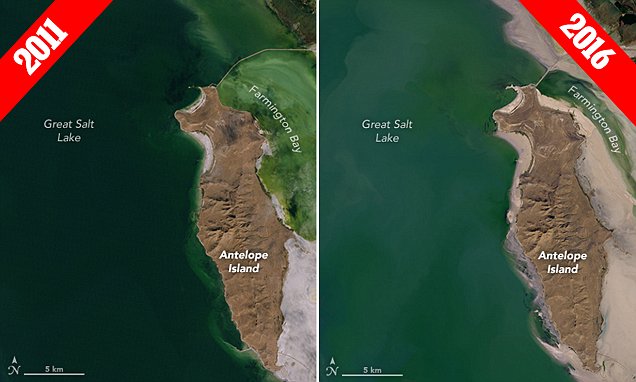Youthful Hysteria
Today, we have young people taking to the streets protesting in panic that they might not have the chance to grow up unless drastic measures are taken now. I remember. I was there, back in the 1970’s. I sacrificed to ward off the crisis. But now I am old. I grew up. The world is still turning. The hysteria has returned.
Panic is used to shift political power. It can make ordinary, reasonable citizens willing to give up their rights in exchange for protection and security. Politicians don’t usually panic themselves. They stir up panic among the people, then when people demand action, they are ready to step in to do what they wanted to do anyway– things that increase their power.
Panic fuels mob mentality. By pointing fingers at the perceived source of the crisis, we divide into us and them. Hitler was master of this. He used words to create fear about Jews taking from the rightful citizens of Germany. His words made them the enemy and justified their dehumanization.
Crisis?
Of course, there are genuine crises. But not all result in panic and panic usually does not do much to resolve them. The worst thing that can happen in a real emergency is panic. When people panic they don’t think clearly. They do stupid things which make things worse. Emergency training always involves learning to stay calm and prevent panic.
Some crises do require swift, decisive action. Pearl Harbor was such a situation to spur the entrance of the United States into World War II. But the public panic that ensued encouraged and justified the denial of basic rights to Japanese Americans.
Most crises do not happen in a moment. The drug crisis has been ongoing for decades, yet it has not engendered panic. I saw the opiate crisis coming over 20 years ago. Why did others not see then? Why was nothing done to prevent its spread? Who benefited from it continuing? Who influenced the lawmakers who define crisis? These are questions which could be asked of any “crisis”.
The breakdown of the family is a genuine crisis that has been ongoing and worsening for some time. It is a contributing factor to other crises, which have resulted in panic. But the panic is often directed to promote political causes, not to address core issues.
What to Do– or Not Do
Sure, it is wise to see potential dangers and take action to prepare for what might be devastating. Preparation is best done with thoughtful planning way before the crisis is upon us. “If ye are prepared, ye shall not fear.” (D & C 38:30) Such preparation involves thinking through possible scenarios and planning ahead for those contingencies, making it possible to react to a real crisis cautiously and purposefully rather than in panic.
Sometimes the goal of inciting panic is continuing a crisis, because that justifies the need for whatever action is politically advantageous. Being able to keep pointing fingers of blame to the other side is more important than resolving the problem.
True crises require action. But they are complicated and seldom have one single solution. They are best dealt with through thoughtful discussion and consideration of all factors and interests of parties involved. This process takes time and effort. This is what a healthy two-party legislative process is supposed to do. But what we have instead is each side rushing to create panic that will serve their purposes. Both sides do this, but one side seems to be more practiced and possibly more skilled at it. In fact, they were able to turn around the attempted panic about our southern border being invaded– actually mocking it as false panic– into panic of a different sort. Neither resolves the real issues.
Though politicians usually encourage public panic, they often don’t panic themselves. I doubt they are having nightmares about human extinction over global warming. However, one party has been in a continual state of panic for over three years now. I expect that there are nightmares about a repeat of 2016. These politicians have encouraged public panic repeatedly for so long that they seem to assume that everyone in this country shares this panic. The media has worked hard to feed the panic. Yet, strangely life has gone on pretty routinely for the past three years for most of us. For those in panic mode, however, thinking is getting clouded.
Monument to Panic
There are water pumps out in the desert to serve as a monument to panic. A whole generation has grown up and another began without their need and without much awareness that they are there. Those old enough might remember the Utah floods of 1983. At great expense these pumps were built to pump flood waters into the desert. But more floods have not come– yet. The Great Salt Lake has shrunk. The panic subsided and areas previously flooded have now been developed.

Will younger generations look back with regret at what was done or what they gave up because of their panic today? Or will they forget in the face of new panic created for a new crisis and intended to shift power. The true crisis may be the loss of freedom and quality of life which the panic produced.

One thought on “Public Panic as a Political Tool”